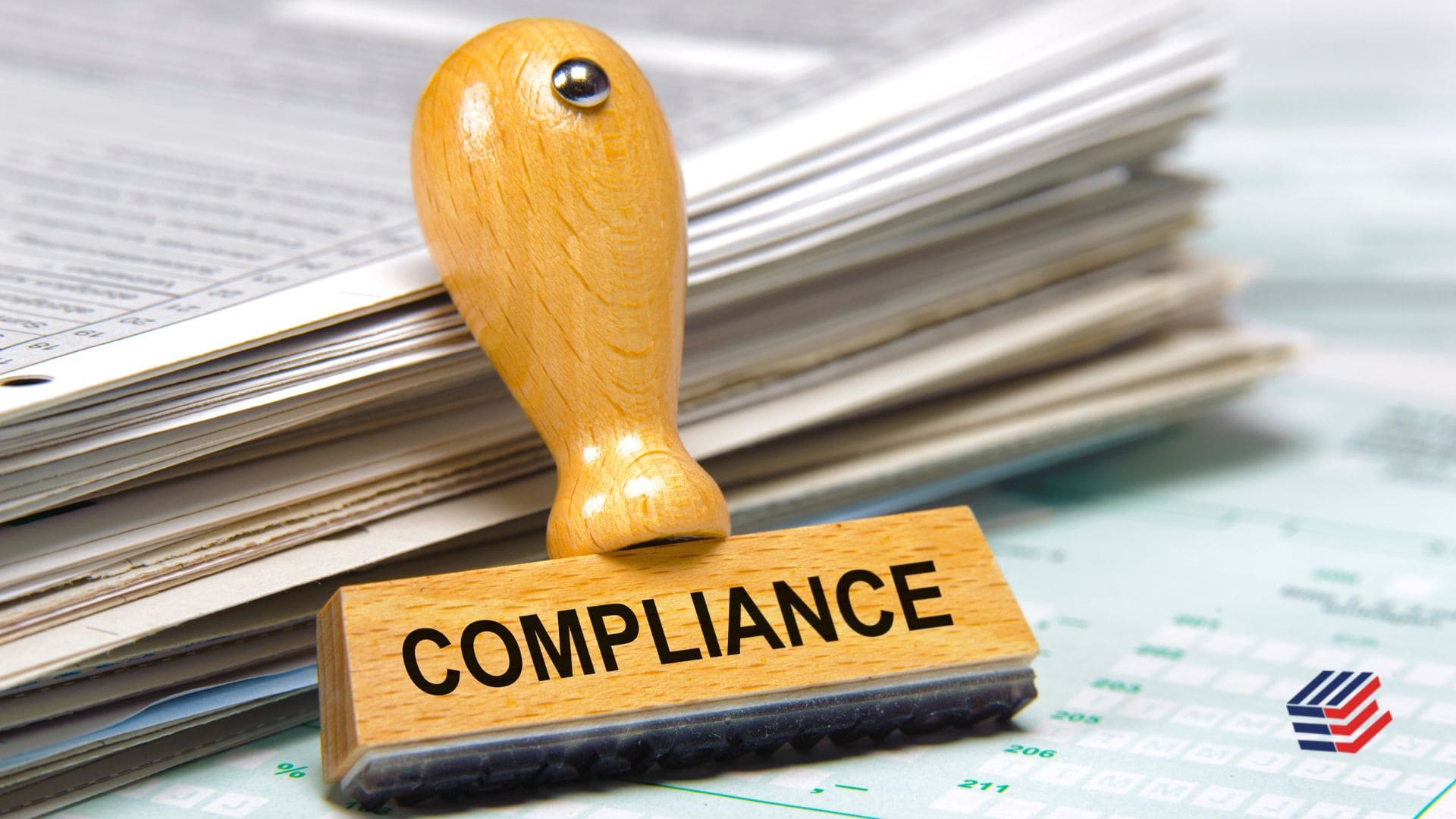The U.S. Equal Employment Opportunity Commission issued new guidelines for employers on the use of criminal background checks when hiring new employees. “The new guidance clarifies and updates the EEOC’s longstanding policy concerning the use of arrest and conviction records in employment, which will assist job seekers, employees, employers, and many other agency stakeholders,” said EEOC Chair Jacqueline Berrien in a written statement. By a 4-1 vote, the Equal Employment Opportunity Commission (EEOC) on April 25, 2012, approved a new guidance on criminal background checks.
Based on the new Guidance, employers should consider the following factors when evaluating criminal history:
- The nature and gravity of the offense or offenses (which the EEOC explains may be evaluating the harm caused, the legal elements of the of a crime, and the classification, i.e., misdemeanor or felony);
- The time that has passed since the conviction and/or completion of the sentence (which the EEOC explains as looking at particular facts and circumstances and evaluating studies of recidivism); and
- The nature of the job held or sought (which the EEOC explains requires more than examining just the job title, but also specific duties, essential functions, and environment).
The individualized assessment would consist of:
- A notice to the person that he or she has been screened out because of a criminal conviction.
- An opportunity for the individual to demonstrate that the exclusion should not be applied because of his or her particular circumstances.
- The employer’s consideration as to whether the additional information provided by the person warrants an exception to the exclusion and shows that the policy as applied is not job related and consistent with business necessity.
The individual’s showing may include information that he or she was not identified correctly in the criminal record or that the record is otherwise inaccurate. Other relevant individualized evidence includes:
- The facts and circumstances surrounding the offense or conduct.
- The number of offenses for which the individual was convicted.
- How much older the person was at the time of conviction or release from prison than when the crime was committed.
- Evidence that the individual performed the same type of work, post-conviction, with the same or a different employer, with no known incident of criminal conduct.
- The length and consistency of employment history before and after the offense or conduct.
- Rehabilitation efforts, such as education and training.
- Employment and character references and any other information regarding fitness for the particular position.
- Whether the individual is bonded under a federal, state or local bonding program.
Finally, the Guidance sets forth a few employer best practices. They include:
- Eliminate policies or practices that exclude people from employment based on any criminal record;
- Train managers, hiring officials, and decision-makers about Title VII and its prohibition on employment discrimination;
- Develop a narrowly tailored written policy and procedures for screening for criminal records;
- Identify essential job requirements and the actual circumstances under which the jobs are performed;
- Determine the specific offenses that may demonstrate unfitness for performing such jobs;
- Determine the duration of exclusions for criminal conduct based on all available evidence;
- Record the justification for the policy and procedures;
- Note and keep a record of consultations and research considered in crafting the policy and procedures;
- Train managers, hiring officials, and decision-makers on how to implement the policy and procedures consistent with Title VII;
- When asking questions about criminal records, limit inquiries to records for which exclusion would be job related for the position in question and consistent with business necessity; and
- Keep information about the criminal records of applicants and employees confidential (only use it for the purposes for which it was intended).

